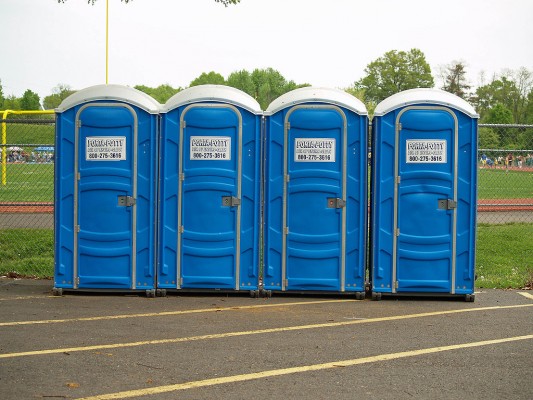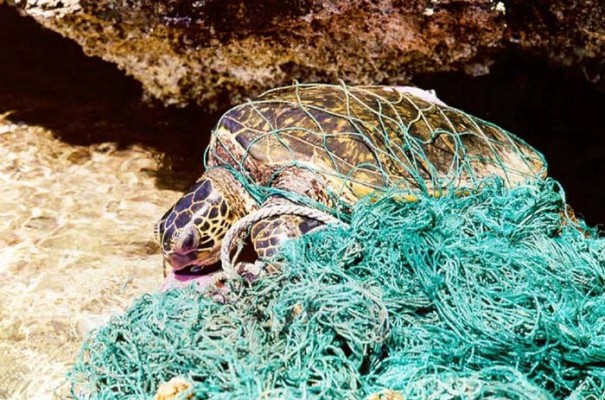Eco-friendly sailing: enjoy your favourite sport and respect nature
Read our guide and find out how to make simple changes to benefit and look after the environment when you take the boat out.
Most sailors and boaters are well aware of the benefits and pleasure we derive from the environment that surrounds us. Whether we are happily splashing about in clear, aqua-blue tropical waters or quietly watching wildlife in a calm cove, as a group we are fortunate to have access to some of nature’s most beautiful and exciting landscapes and seascapes.
With that privileged access comes a responsibility to ensure these places remain pristine, both for our own continued enjoyment and for the wildlife that call them home.
According to the UK’s Marine Special Areas of Conservation Project, sailing has a more significant impact on wildlife than other forms of water-based recreation because it is widespread and tends to take place year-round. From petrol in the water, to plastic bags killing off sea life, there are serious hazards that boating can bring to the natural world.
So how do we protect the spaces and the wildlife that we love from these threats?
Fortunately, there are some simple steps we can all take to play our part in protecting the only planet we have. And they can make a big difference.
The International Sailing Federation (ISAF) has put together guidelines aimed at educating sailors and ensuring that our sport has no negative impact on the environment. Following their ‘Code of Environmentally Friendly Behaviour’ is good environmental practice for any sailor.
Reduce, reuse and recycle
We’ve all heard it before, but the old saw still holds true. The more you reuse, the less you use and the more you can recycle, the better off we’ll all be.
In practical terms, here are a few things you can do:
- Cut down on packaging: Plastic wrappers everywhere? Don’t take the chance of that flimsy plastic winding up in the water. Buy whole foods that don’t require a wrapper, or, if there’s no alternative remove packaging before you get on board and recycle it or dispose of it properly.
- Re-use whatever you can: Sailors are a resourceful bunch, so put your creativity to the test. Refill a plastic drinks bottle instead of binning it. Or, better yet, use a non-disposable drink container.
- Recycle, recycle, recycle! Europe and the US have relatively high rates of recycling and often facilities are easy to find. So take advantage of them. And if the country you’re visiting has a lack of facilities available to sailors, ask your sailing club to start recycling.
- Remember the golden rule: Never, ever throw any waste over the side! Rubbish kills marine wildlife, and plastic in particular is a top culprit. So keep it in the boat until you can dispose of it properly.
Loo, loo, Skip’ the loo
Raw sewage is full of bacteria and viruses. It’s bad for the environment, and it’s bad for people, too. Swimming in water contaminated with sewage can cause gastroenteritis, respiratory and ear, nose and throat infections. And filter-feeding shellfish that ingest sewage can cause food poisoning. So here are a few tips for keeping our waters clean, clear and healthy:
- Use toilets on land whenever possible: When you can, avoid using the toilet onboard and head for shore. Land-based loos are likely to be connected to a sewage treatment facility, which ensure that sewage is properly treated and processed
- Use a holding tank: Sewage should be kept in a holding tank, so if you don’t have one, get one installed. The vast majority of boats have the ability to empty holding tanks at a shore pump site. If yours doesn’t, or there are no facilities nearby, there are portable potties that allow you to carry the holding tank (by hand, trolley or car) to a proper disposal site. So invest in one.
- If you must empty the tank, do it at least 3 miles from shore: Make every attempt not to discharge sewage into the water. But if you must flush, be sure to avoid discharging sewage close to shore and in environmentally sensitive habitats. Sewage discharge can have a negative impact on marine life, particularly in estuaries, inlets and bays, where it may contribute to a drop in oxygen availability through the process of eutrophication, which is an excessive growth of algae and other plant life.
We’ve all seen the devastating impact that oil spills inflict on marine wildlife and coastal habitats. They cause huge damage to the marine environment, but surprisingly only around 12 percent of the petrol that winds up in our oceans, lakes and rivers comes from major spills – the rest comes from smaller sources.
Here are some tips for preventing petrol from polluting our waterways:
- Get a tune-up: Keeping your engine well maintained will avoid oil and fuel leaks that can harm the environment.
- Soak it up: Put an absorbent pad in your bilge to collect any wayward oil, and then dispose of these at a licensed hazardous or special waste site.
- Be careful! When refuelling or adding oil, take care not to allow oil and fuel to enter the water. Using funnels and absorbent materials can help to prevent spillage.
- Keep it clean: When your boat needs cleaning or maintenance, go for the environmentally friendly products instead of harsher, chemical-based cleaners.
 Protect marine animals (and yourself) from antifouling
Protect marine animals (and yourself) from antifouling
Antifouling paint is both a good and a bad thing for the environment. Antifouling paint – which protects boat hulls from colonisation by microorganisms – typically relies on biocides, often toxic, that poison the microorganisms hoping to find a home on the boat’s bottom.
While this may sound like a harsh way to treat a life form, the benefits of antifouling outweigh the drawbacks. The practice helps to prevent the transfer of invasive and damaging species between environments and also improves the fuel efficiency of boats. But the paint needs to be applied very carefully.
There are only two tips, but both are very important:
- Capture and keep: Capture any antifouling scrapings and dispose of them appropriately on shore, away from sensitive marine environments. Antifouling toxins and heavy metals can be a significant source of pollution in marine sediments, and these toxins can and do travel up the food chain.
- Protect yourself! Antifouling agents are not just harmful to marine wildlife, they are harmful to humans, too. Take proper precautions to protect your eyes, skin and respiratory passages from the materials.
Show some respect
Perhaps the simplest advice to keep any sailor environmentally friendly is to treat the marine environment with respect. In addition to keeping the waters and shores free from toxic substances and marine waste, it’s important to keep in mind that marine life can be very sensitive to our presence.
Attempting to avoid disruptive behaviours when you’re out enjoying nature can save our furry, feathered, finned and flagellate friends from significant disturbances.
- Give them a wide berth: Navigate carefully around wildlife on the water – keep your distance, don’t touch and don’t approach suddenly.
- Don’t go off the beaten path: Launch and recover craft from appropriate sites to avoid damaging or trampling sensitive habitats.
- Anchors away: Keep anchors away from reefs and avoid dragging anchor or beaching boats, as these practices can damage sensitive areas.
- When in doubt, wash it out: When you move watercraft between water bodies, ensure you wash it down to prevent unwanted hitchhikers that can do serious damage to non-native environments. And wash off anchors and chains each time you depart an anchoring site.
Related links:
Warnings over petrol use following three serious boat incidents













